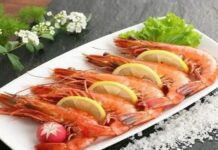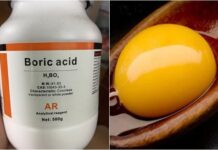Nowadays, there is an increasing number of counterfeit chicken eggs on the market, which can be harmful to consumers. Due to the sophisticated tricks used, it is important for consumers to be well-informed to avoid purchasing fake eggs. To protect your health and that of your family, learn how to distinguish between real and fake chicken eggs in the following article.
1. Color and Shape of Chicken Eggs
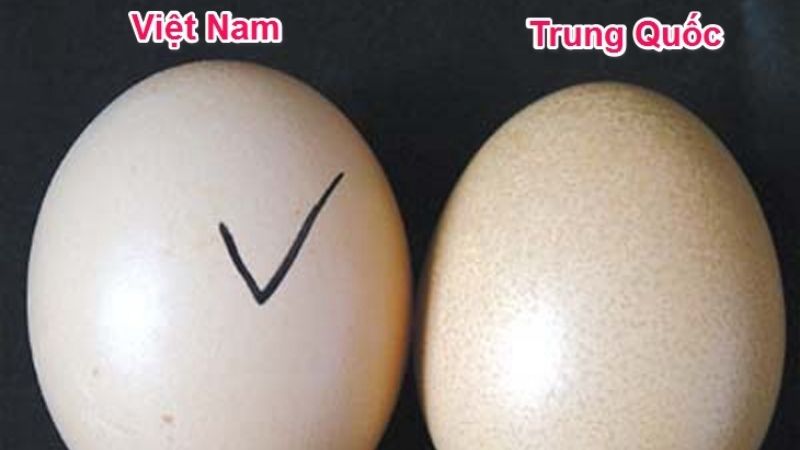 Color and Shape of Chicken Eggs
Color and Shape of Chicken Eggs
Genuine chicken eggs have an ivory white color, slightly darker and not as bright as fake eggs. Real eggs will have one larger end and one smaller end, while Chinese eggs usually have both ends of equal size.
2. Egg Shell Surface and Size
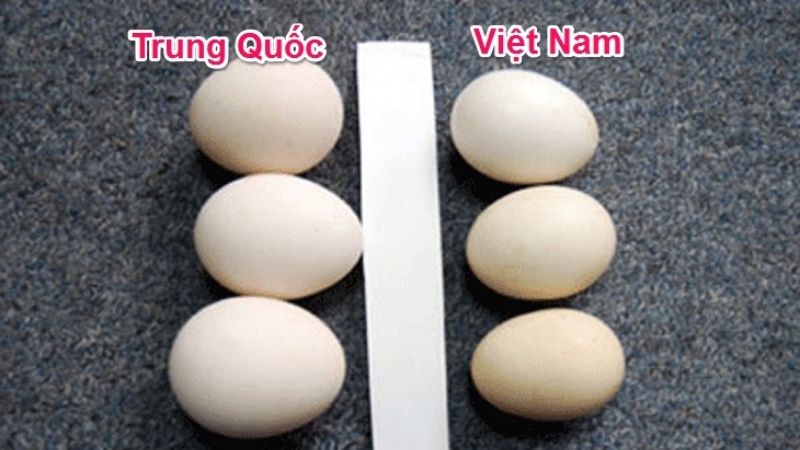 Chinese Eggs are Bigger than Local Eggs
Chinese Eggs are Bigger than Local Eggs
Authentic chicken eggs have a thicker, smoother, and shinier shell compared to fake ones. Additionally, due to the mass production of Chinese eggs, they tend to be of identical size. Therefore, if the eggs in a basket all seem to be of the same size, they are likely to be fake.
Note: Chinese chicken eggs are larger than local eggs, but local eggs feel heavier and more substantial when held.
3. Shake the Eggs
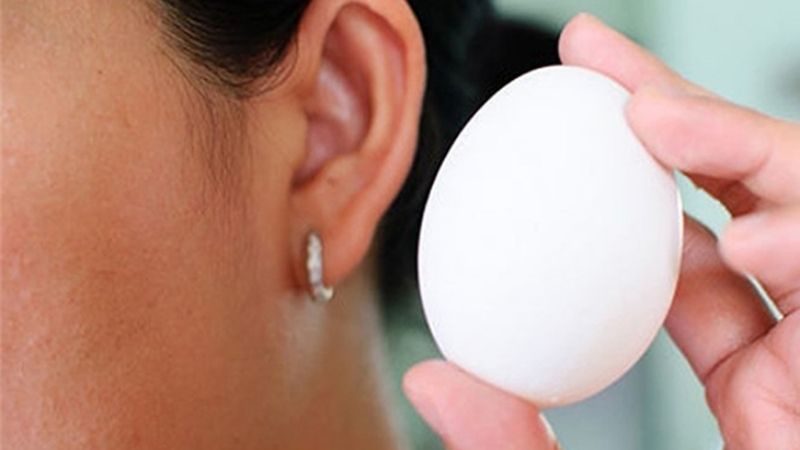 Shake to Check Egg Quality
Shake to Check Egg Quality
Fake or rotten eggs will give a shaking sensation when shaken, as they lack the air pocket found at one end of a real egg.
4. Break the Eggs
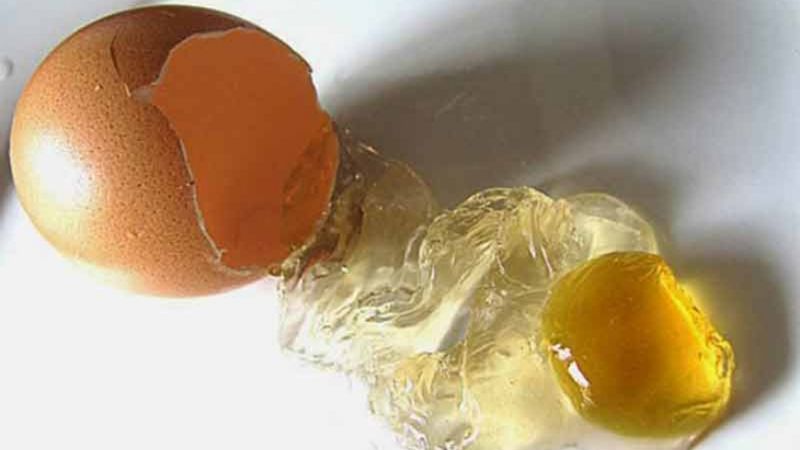 Fake Eggs Have Thick White and Contain Silicone
Fake Eggs Have Thick White and Contain Silicone
The egg white of a real egg has a pale white color with a distinct line between the yolk and the white. The color ranges from light yellow to yellow, and when cracked, the inside remains intact and spherical.
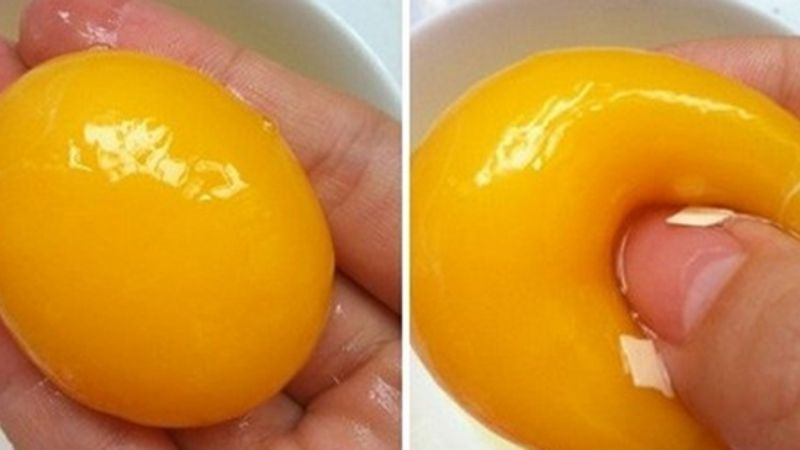 Fake Egg Yolks are Elastic and Do Not Dissolve
Fake Egg Yolks are Elastic and Do Not Dissolve
Genuine egg yolks are spherical and intact when cracked. Fake eggs, made of silicone, have sticky and elastic yolks that do not dissolve when squeezed.
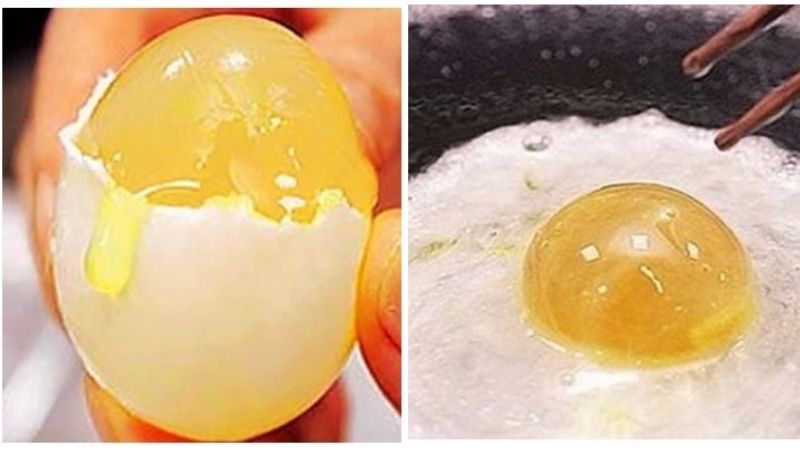 Fake Eggs When Boiled and Fried
Fake Eggs When Boiled and Fried
For sophisticated fake eggs, when a real egg is boiled, the egg white forms albumin, making it firm, while the fake egg white remains unchanged. When fried, the white of a fake egg does not turn golden or dissolve.
5. Egg Smell
When cracked, real eggs have a mild natural fishy smell. Fake eggs, on the other hand, have a chemical or foul odor, or sometimes an unusual smell.
The methods for distinguishing between real and fake duck eggs are similar to those for chicken eggs. When purchasing eggs, it is recommended to buy from reputable sources such as supermarkets or specialized egg retailers to avoid counterfeits.
Reference:
We hope this article has provided you with the necessary knowledge to differentiate between real and fake chicken eggs. Stay tuned for more articles on distinguishing genuine and counterfeit products on our website.
Why Eating Only the Egg Yolk is Not a Good Idea
Eggs are a nutritional powerhouse, and many believe that the yolk is the most nutrient-dense part. This has led to a common practice of consuming only the yolk or using it exclusively for baby food. However, this notion is misleading as the whole egg, including the white, offers a plethora of benefits. We will debunk this myth and provide insights into why both parts of the egg are essential for a wholesome diet.
The Magic Brew: Erase Dark Circles with Coffee Powder
“Did you know that the caffeine in your morning cup of coffee can work wonders for those tired, puffy eyes? Caffeine has been known to reduce dark circles and puffiness, leaving you with bright and vibrant eyes. Join us as we explore the magical effects of coffee grounds on those stubborn under-eye circles, and discover a natural, effective way to wake up your eyes and enhance your natural beauty!”






























